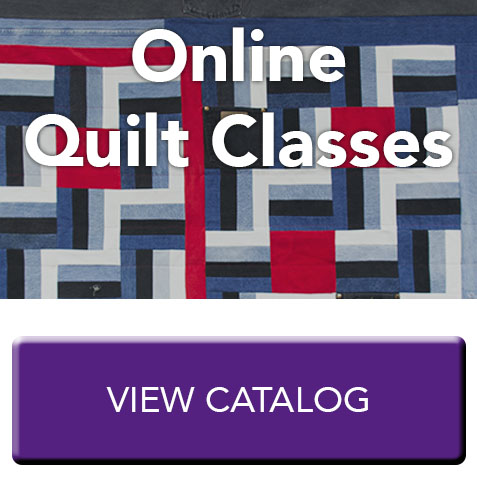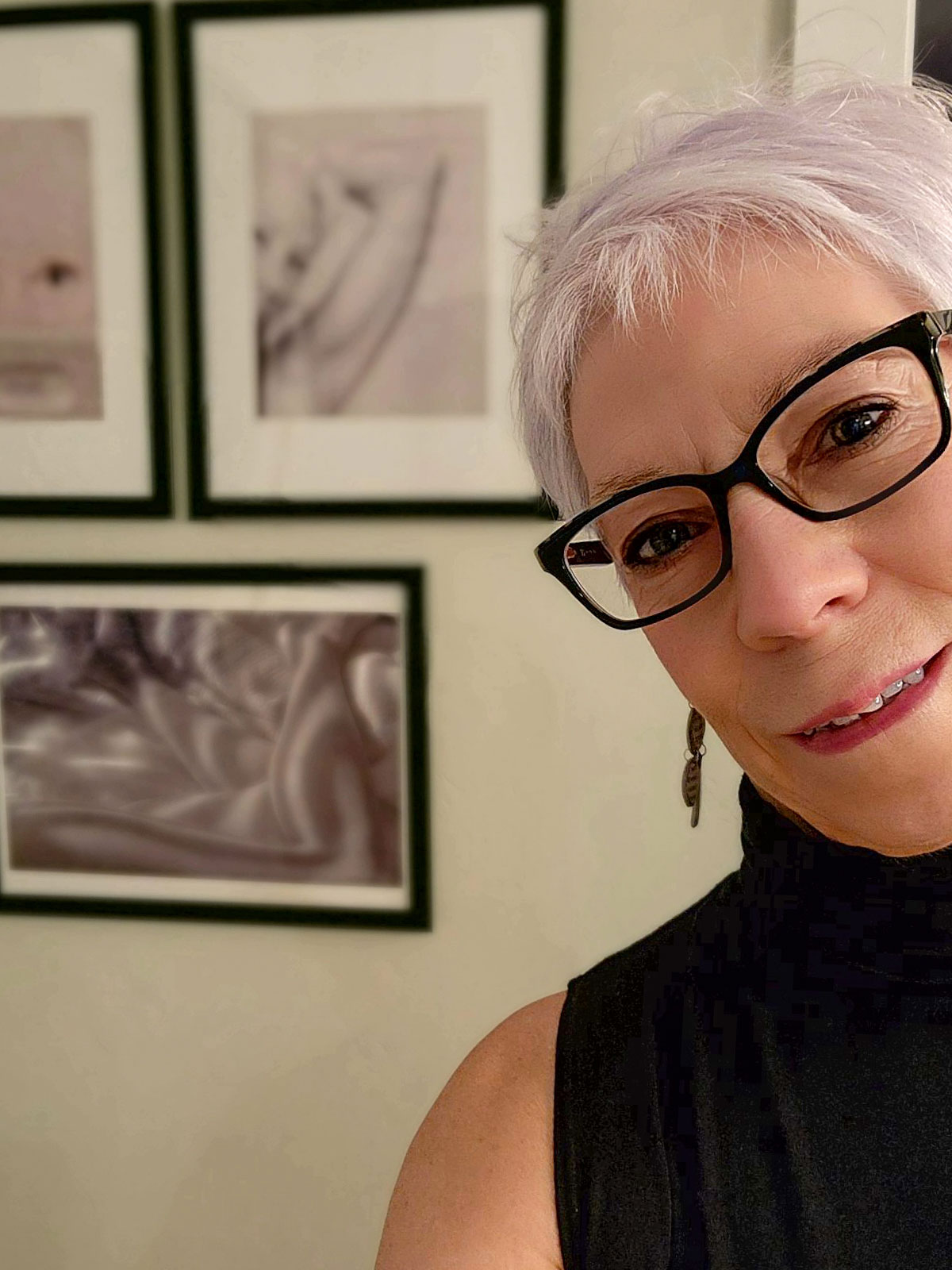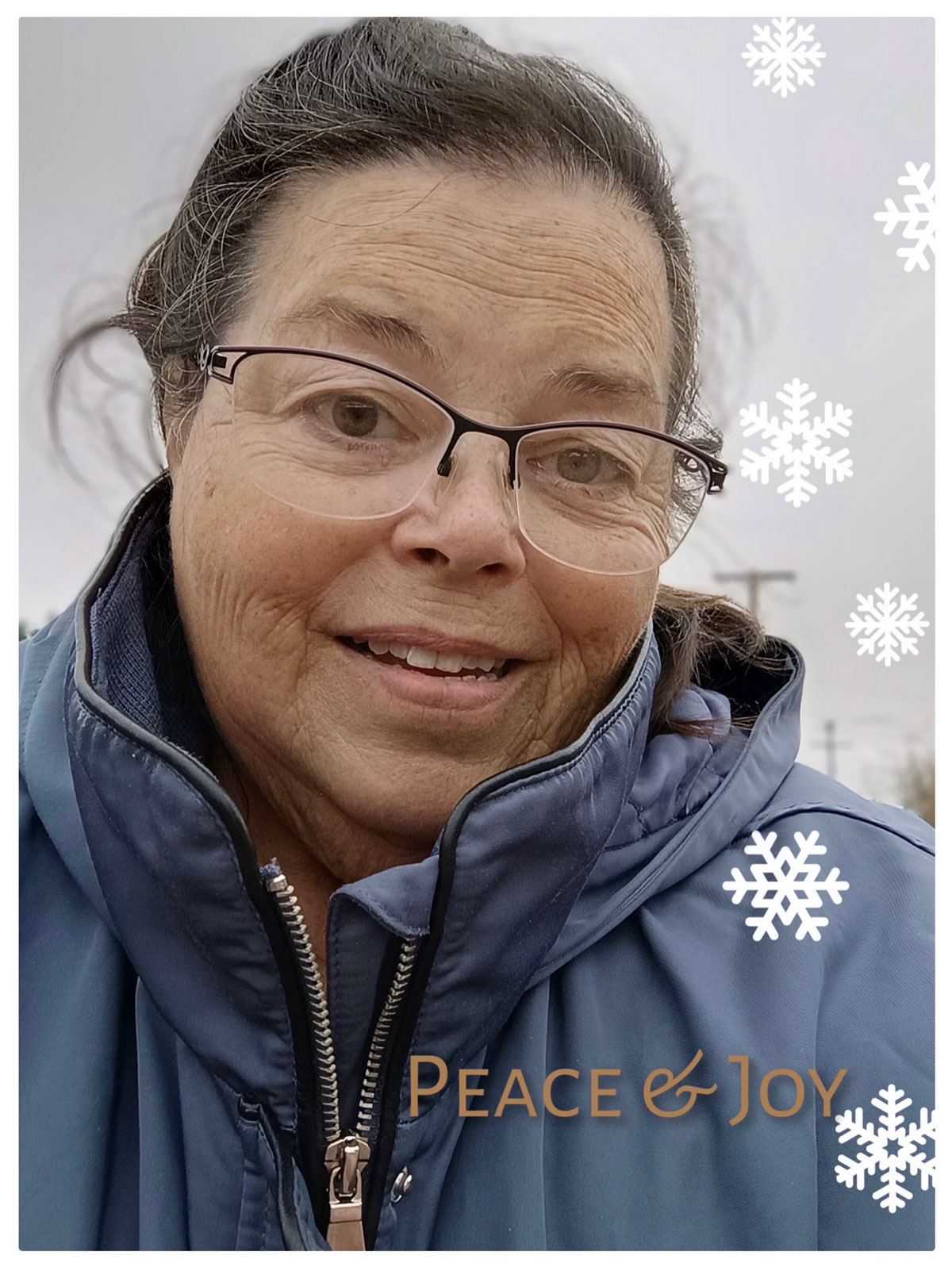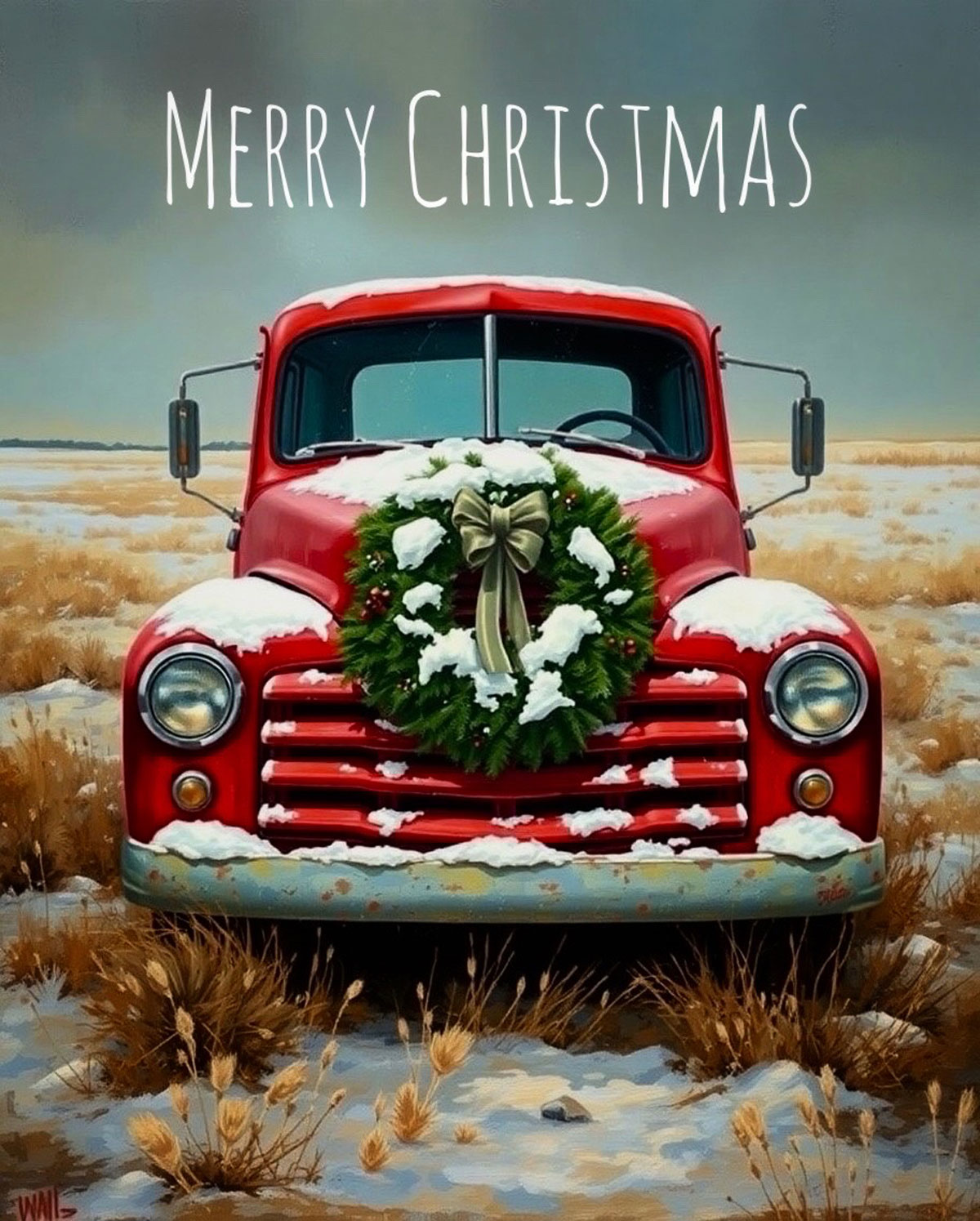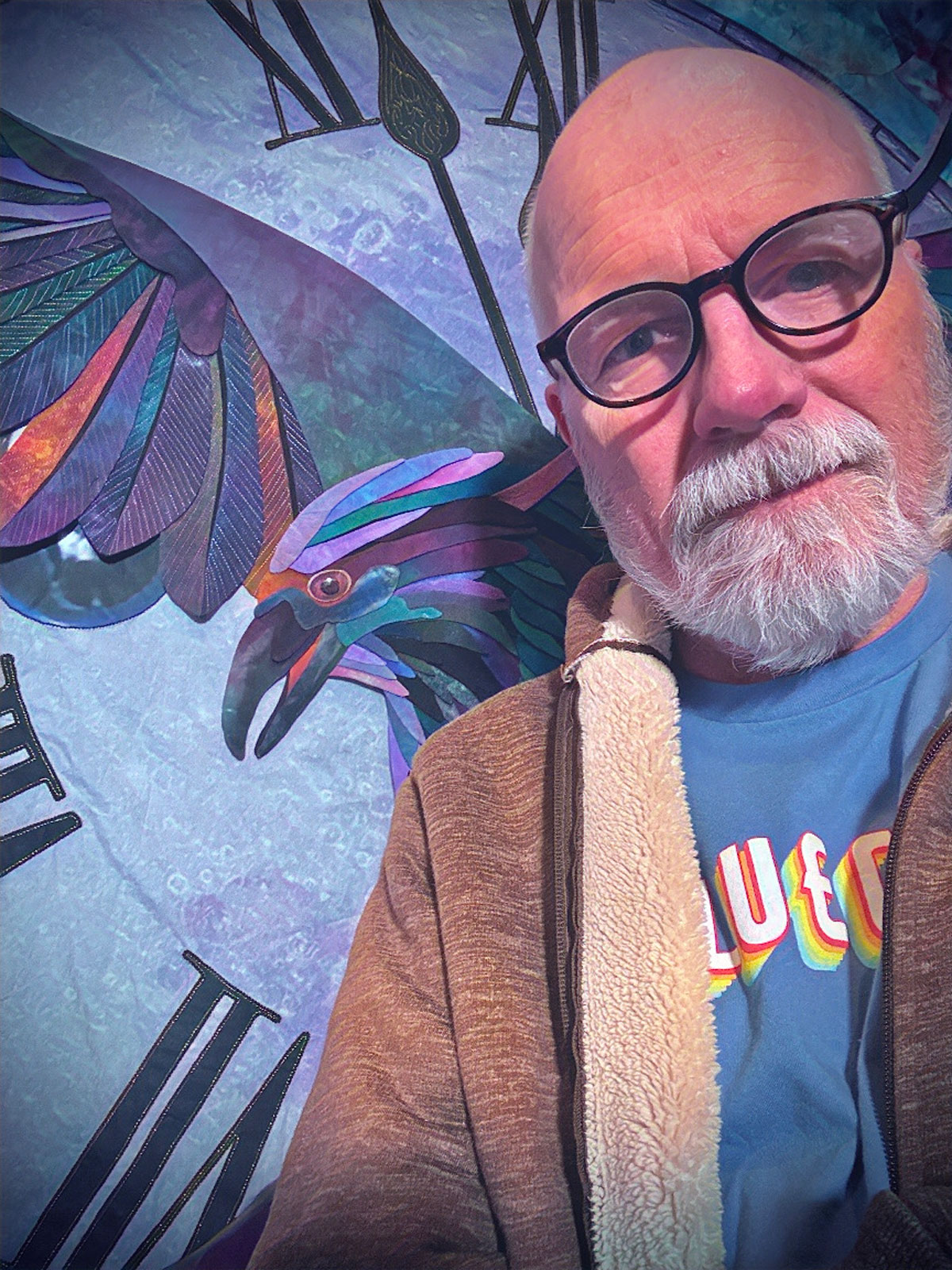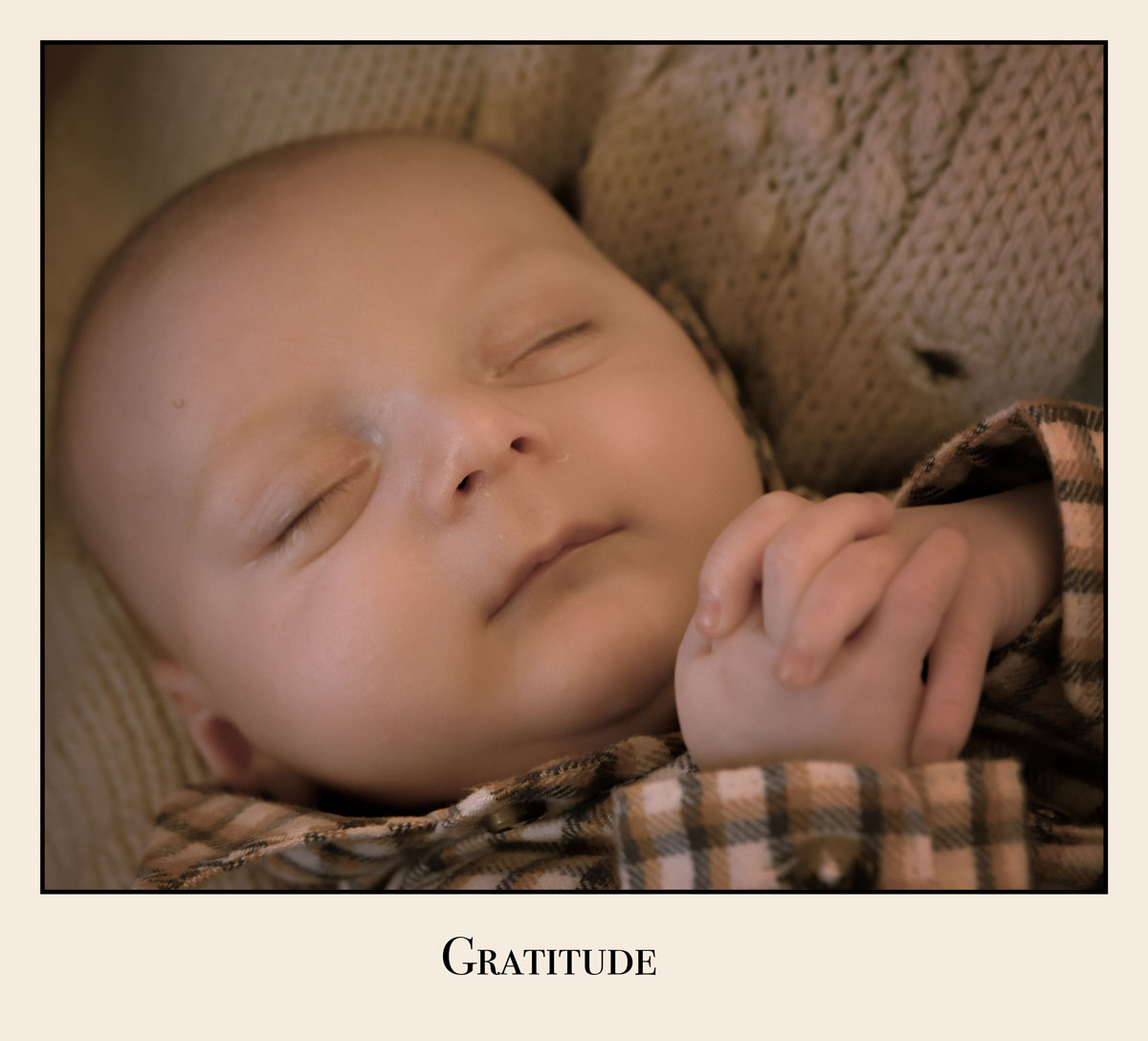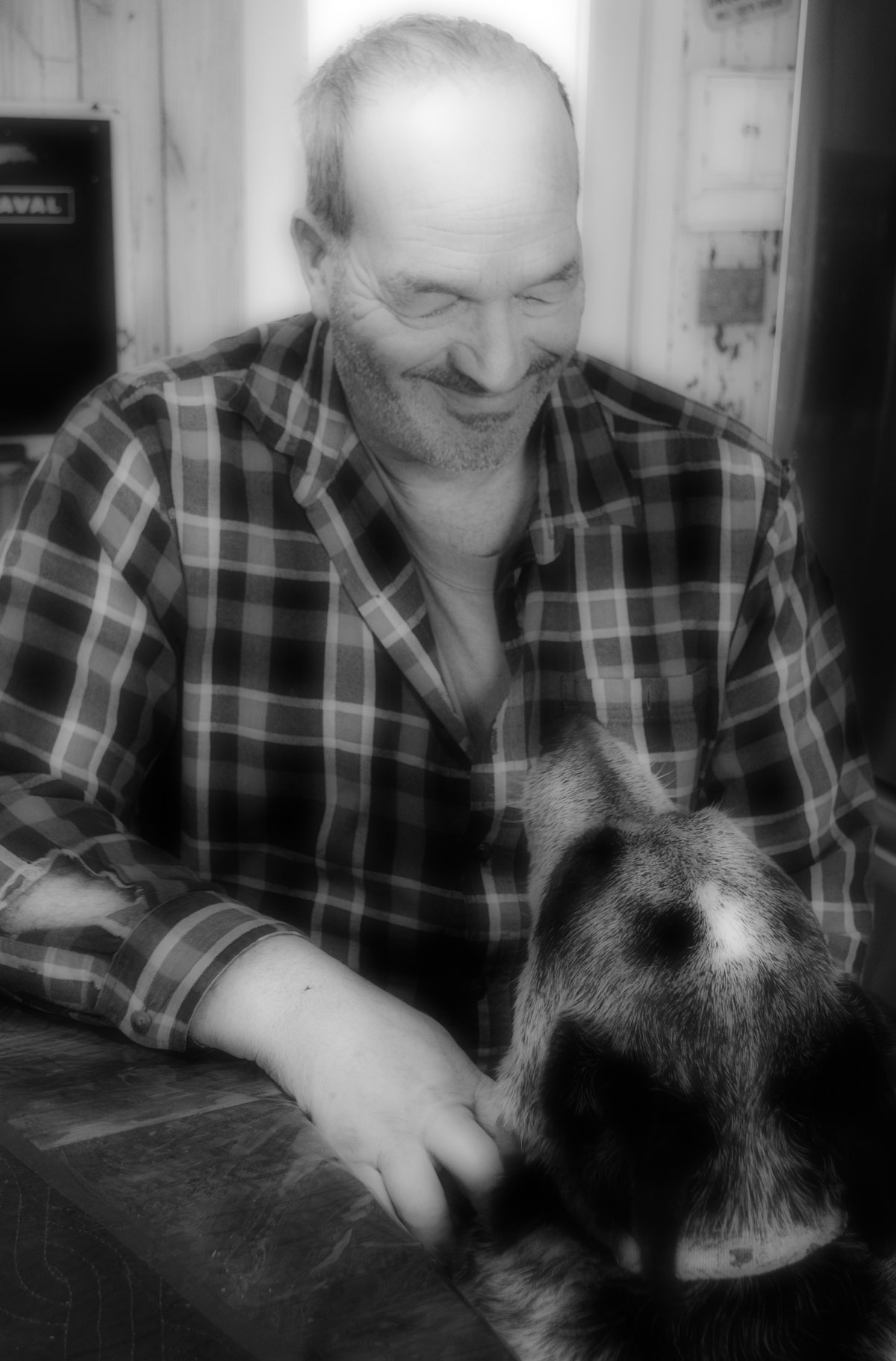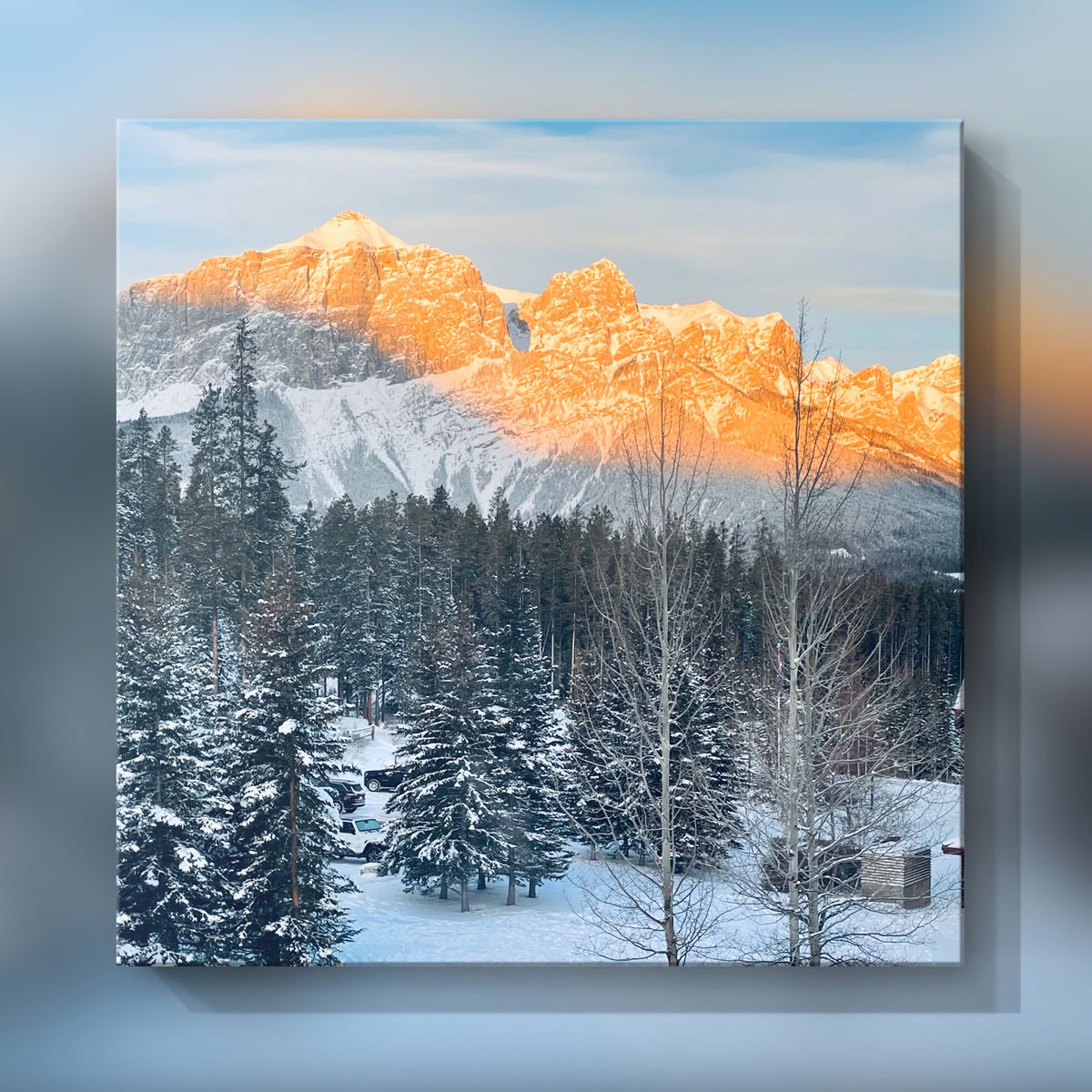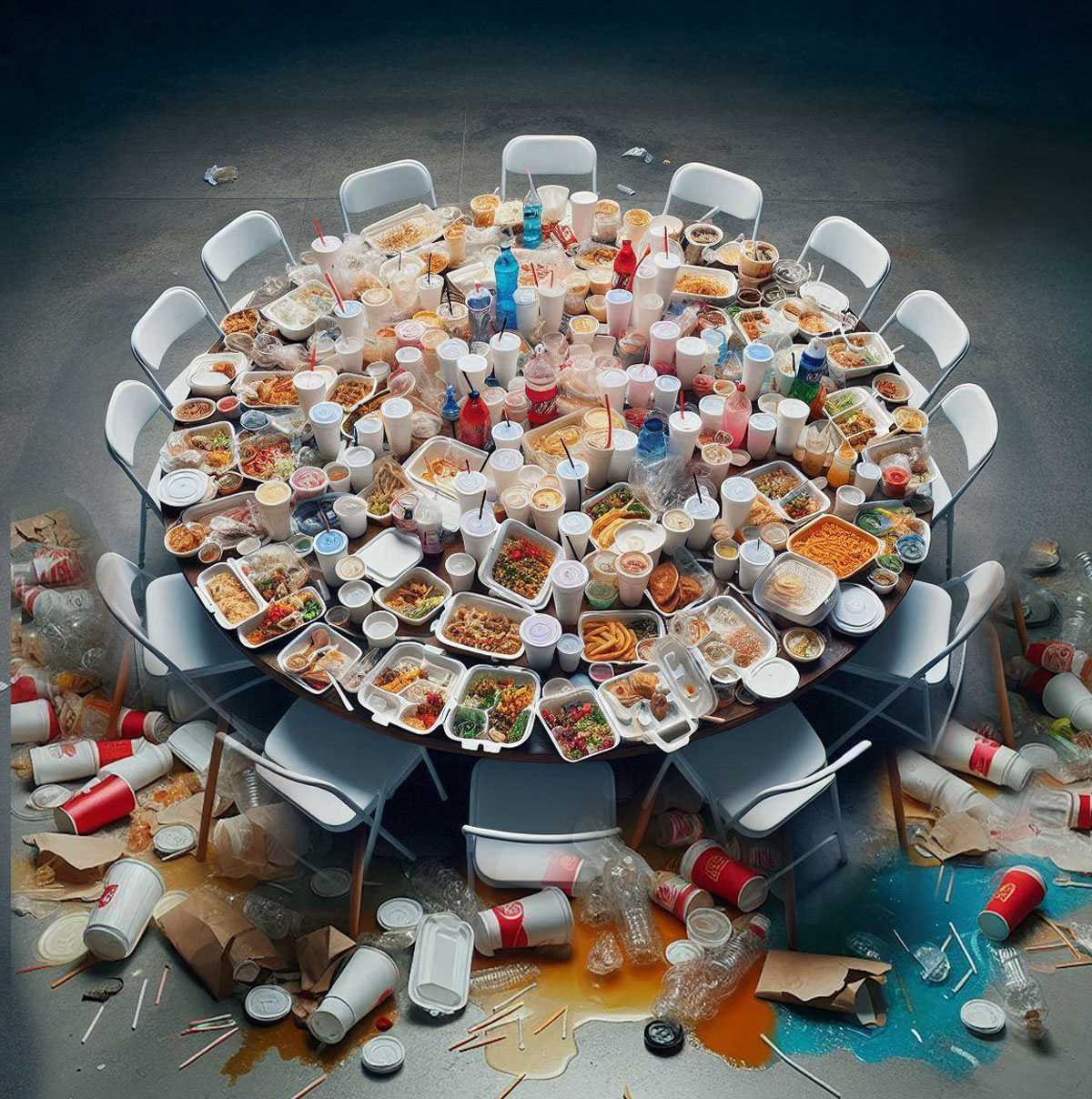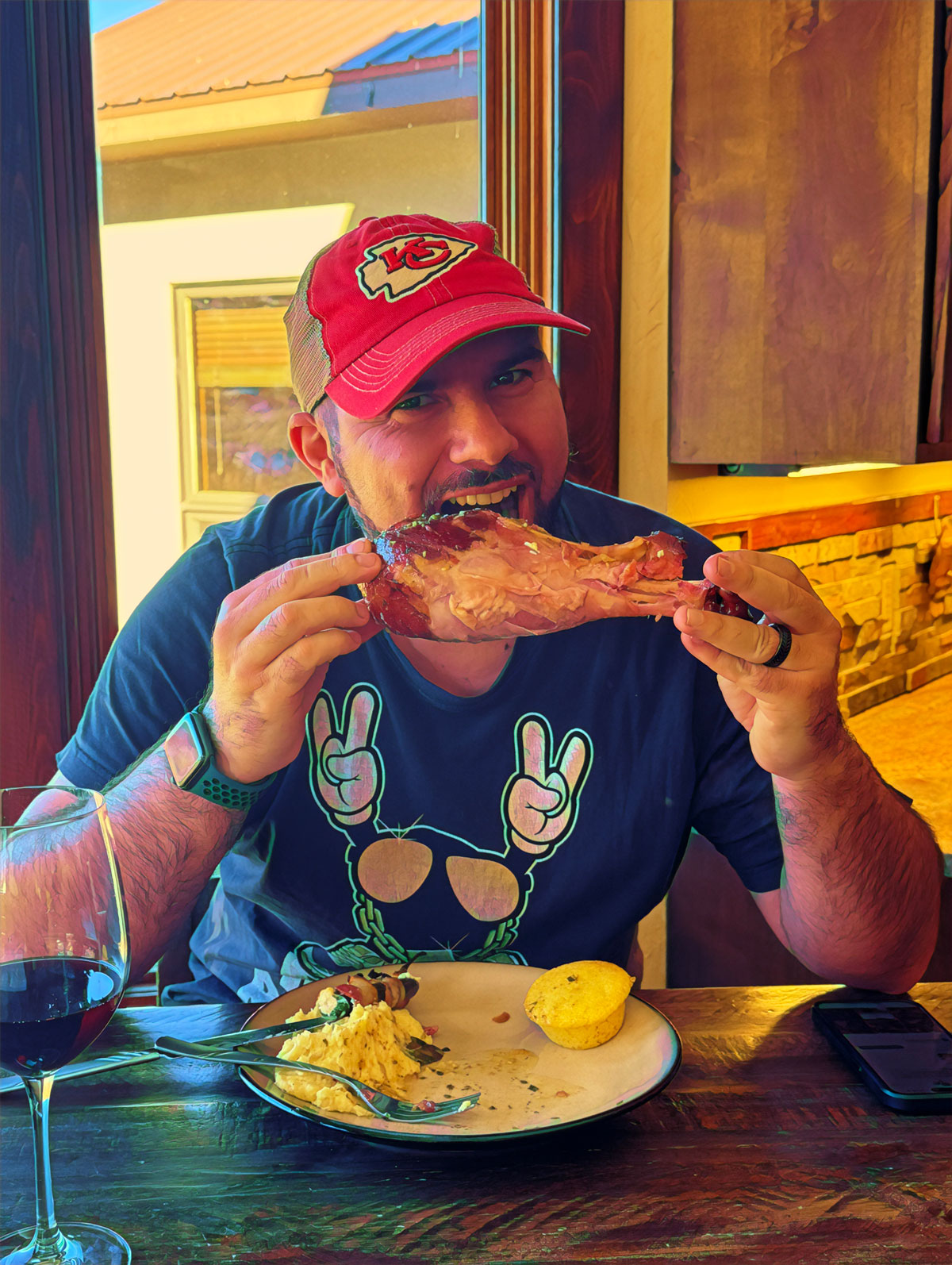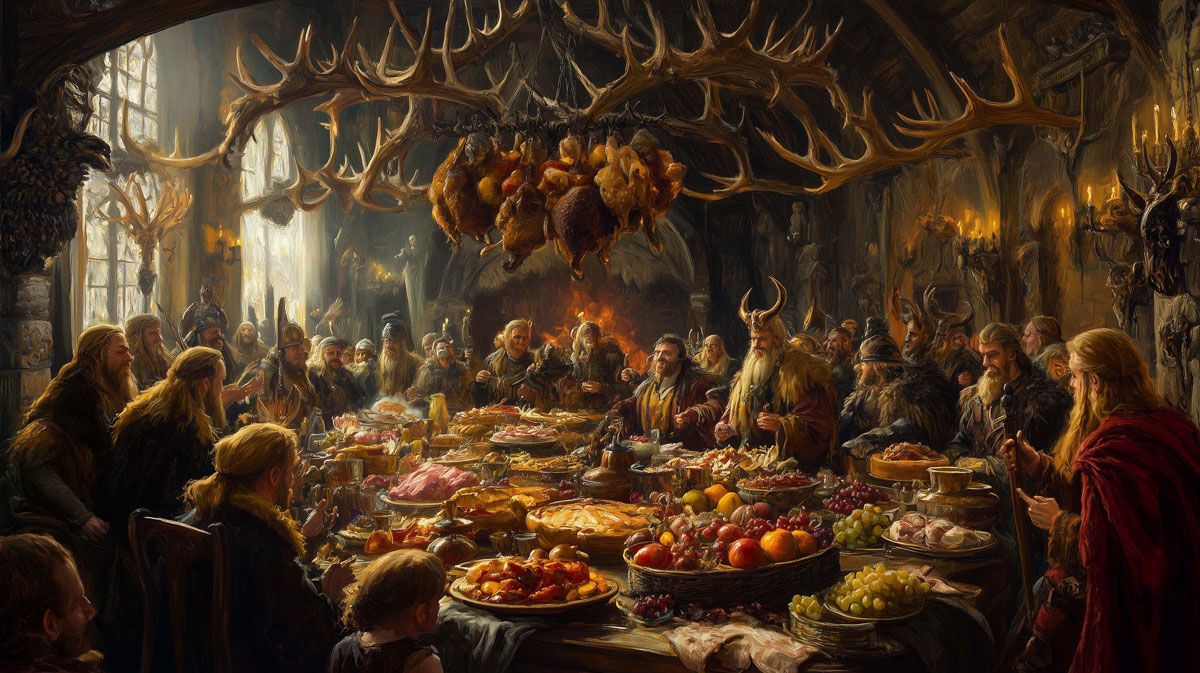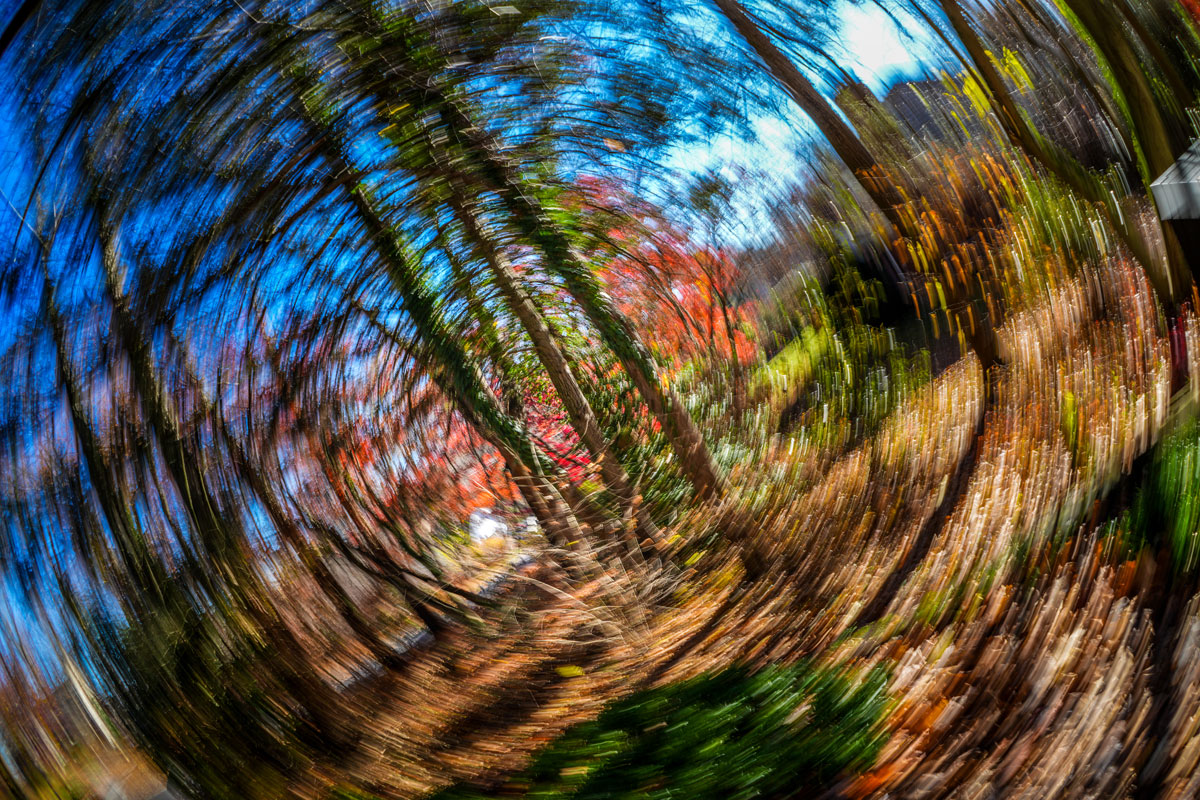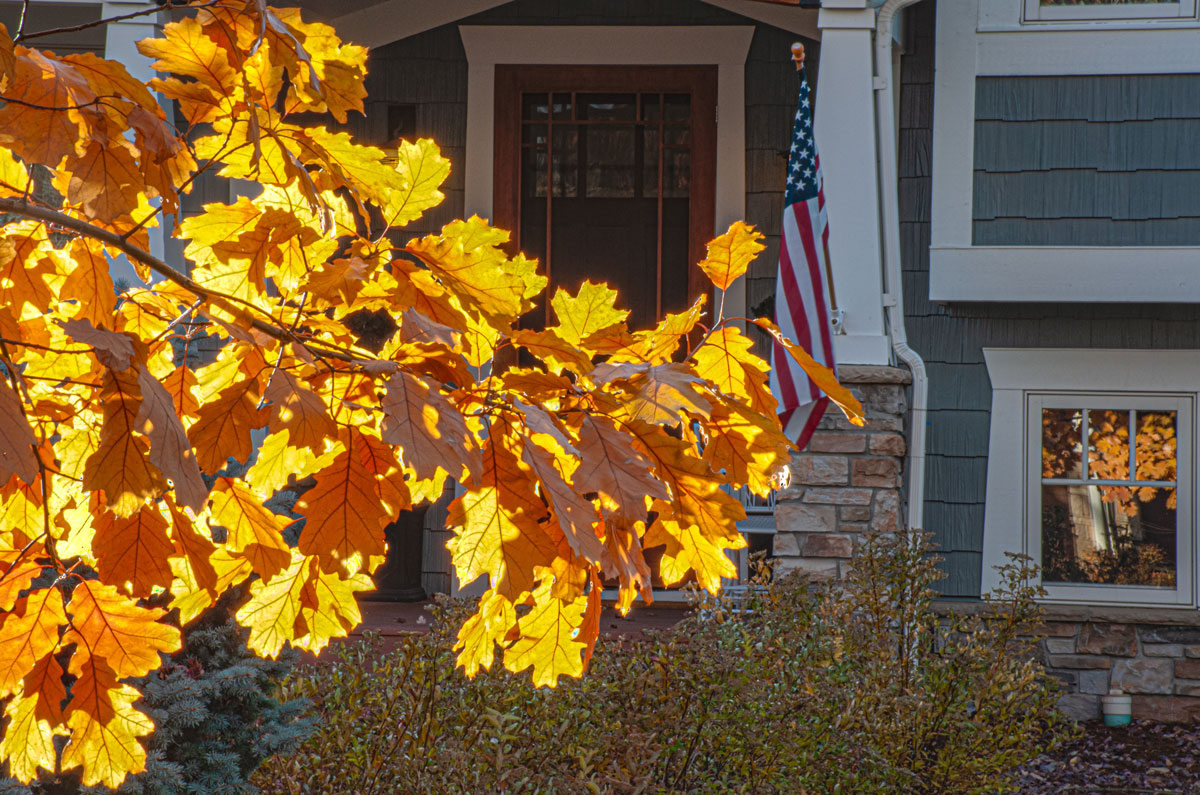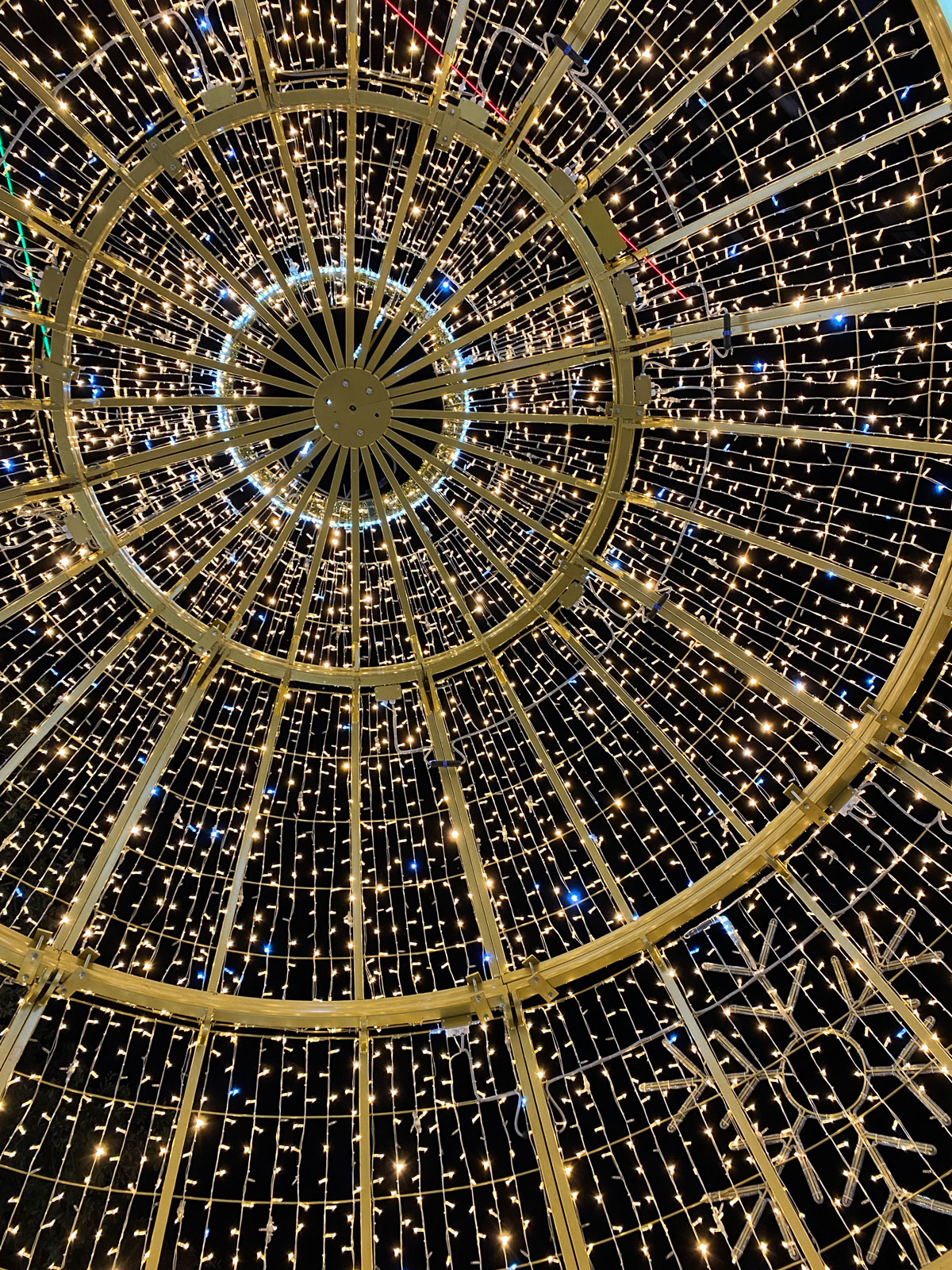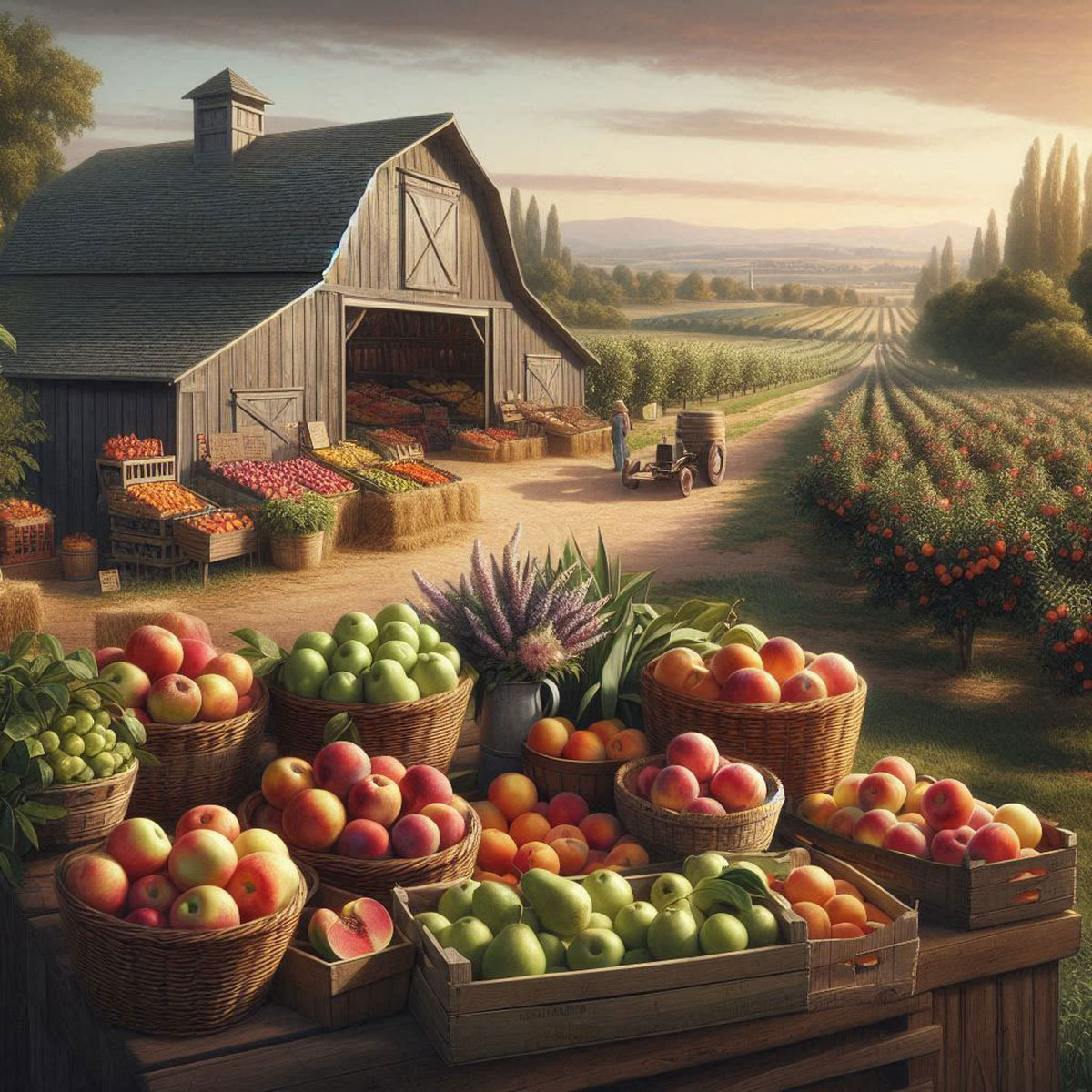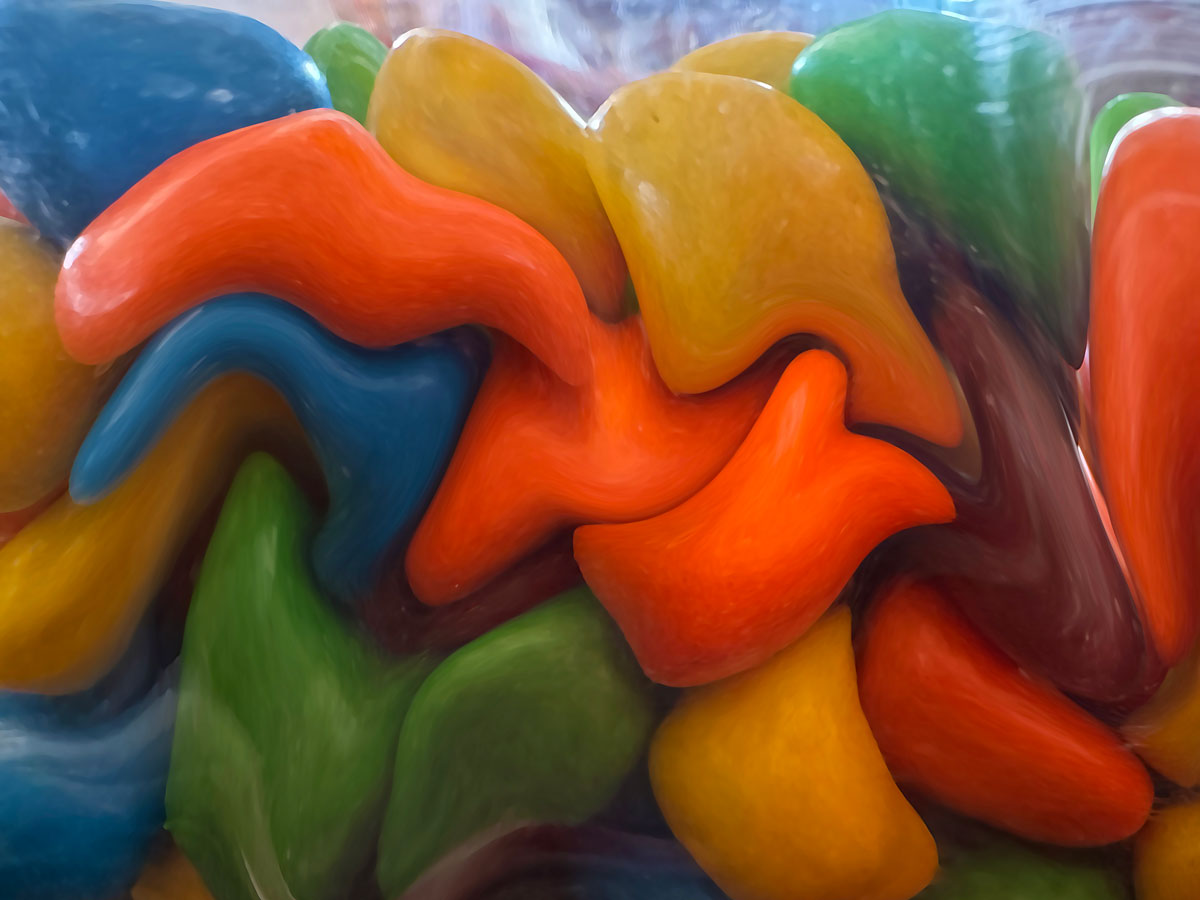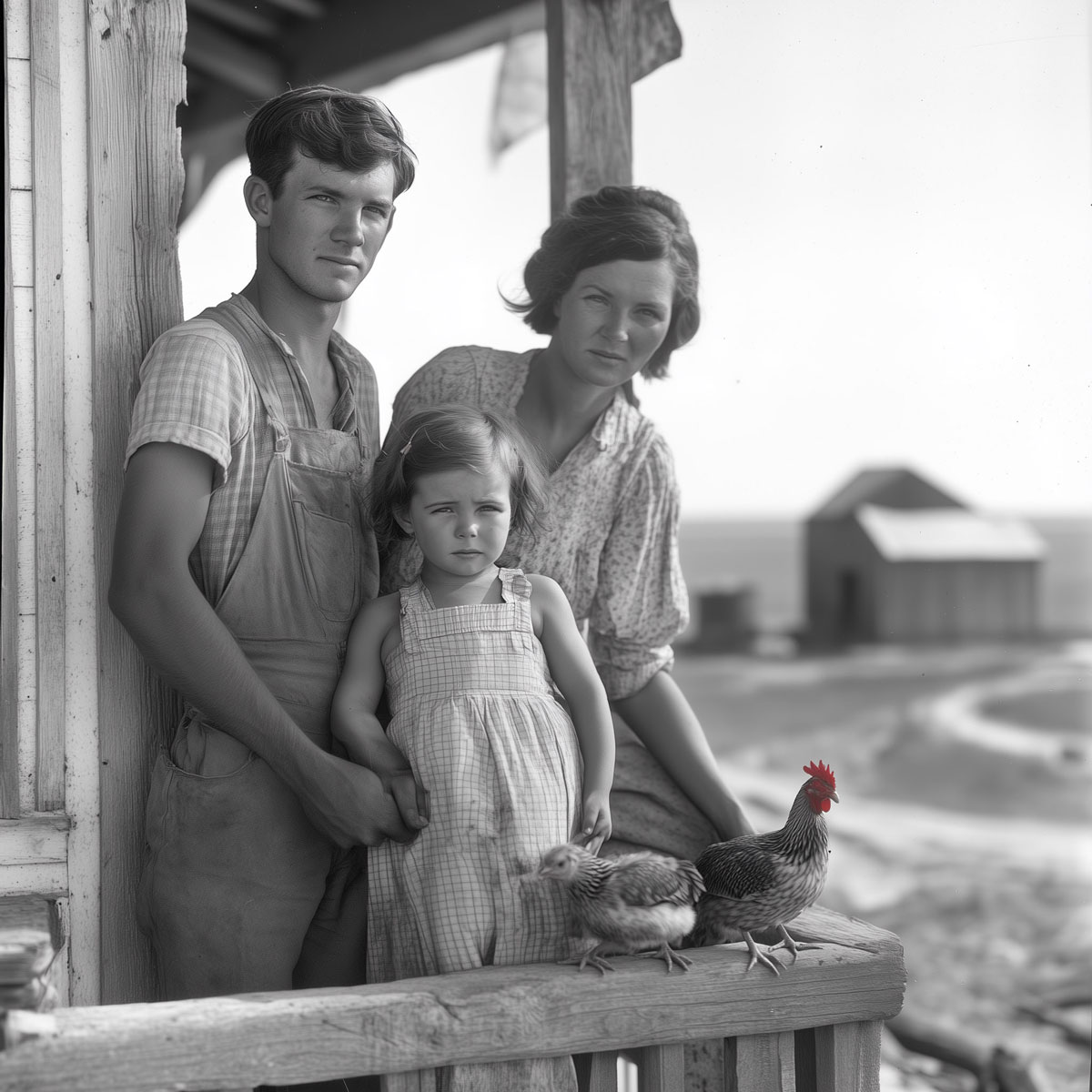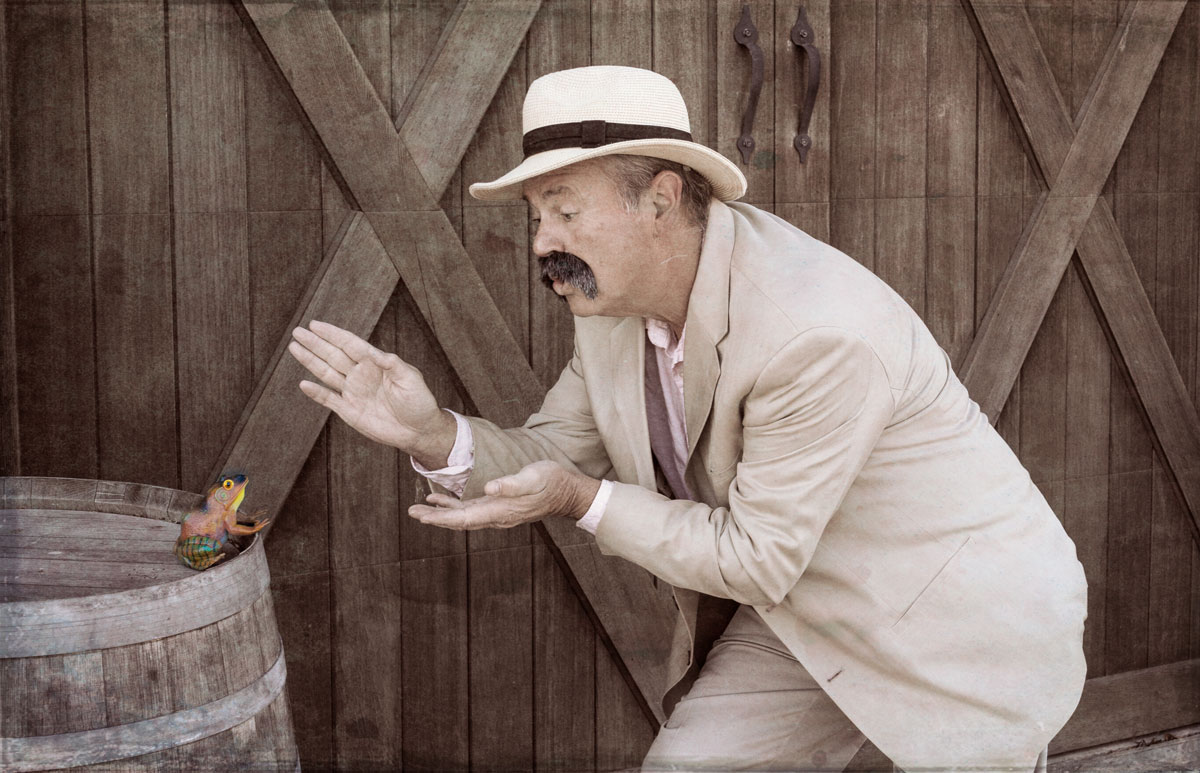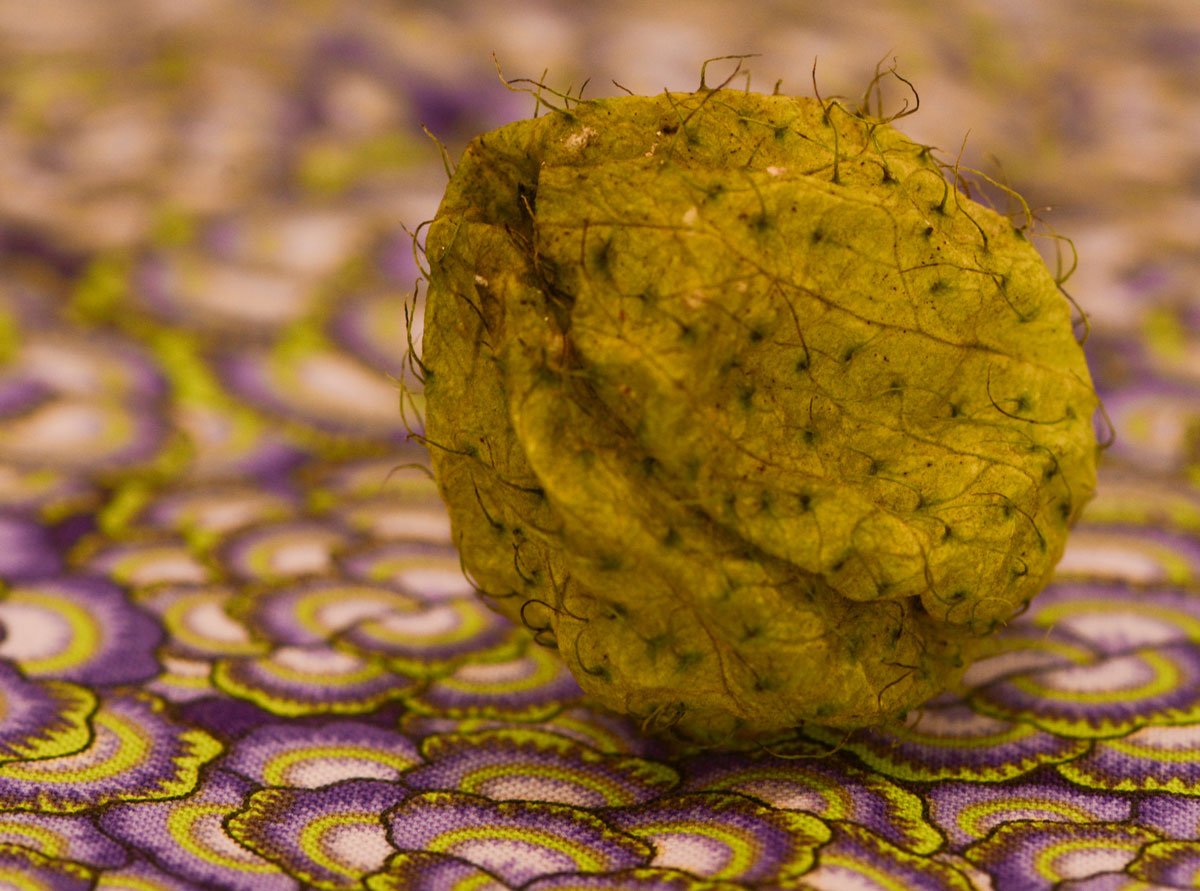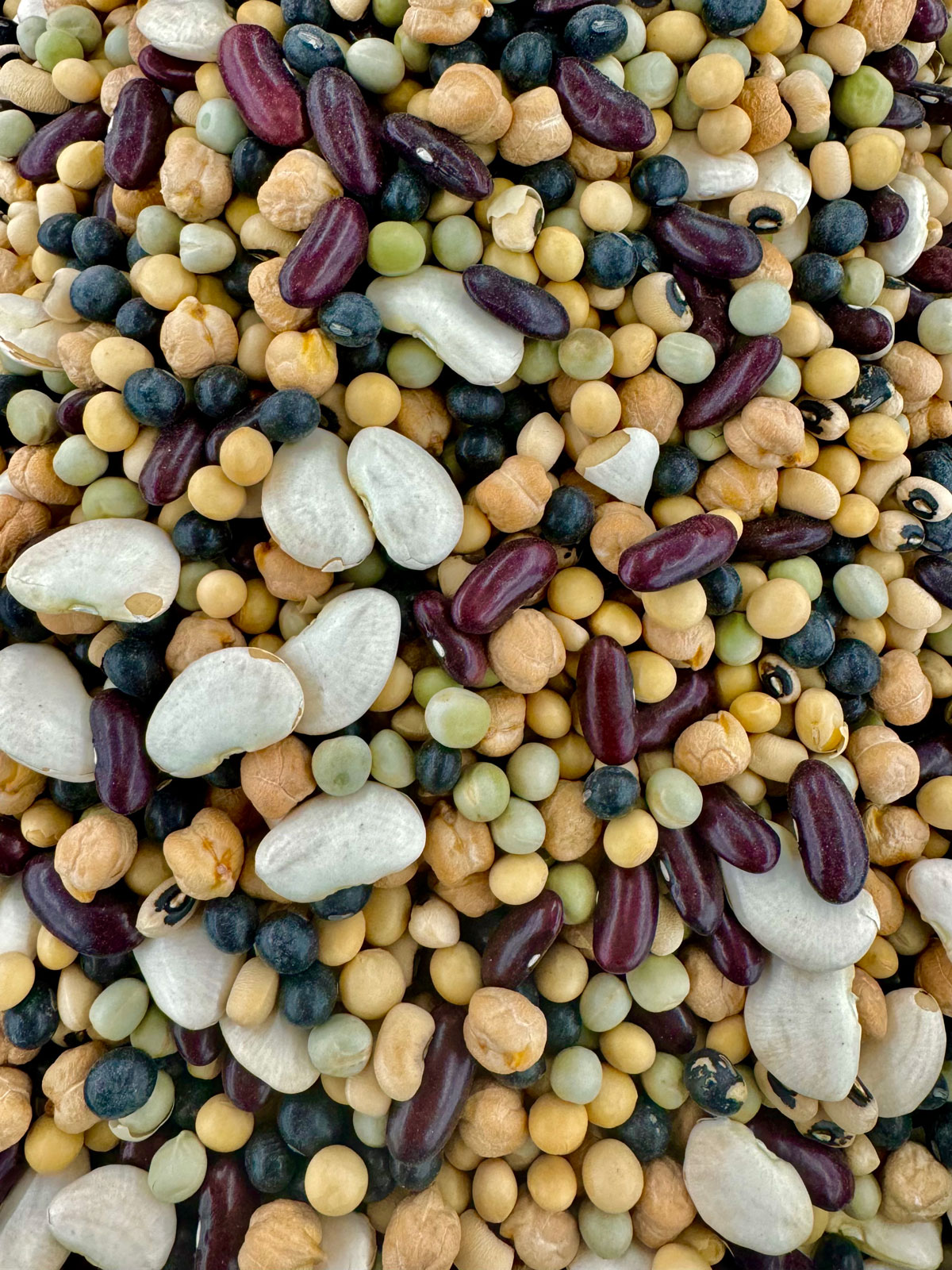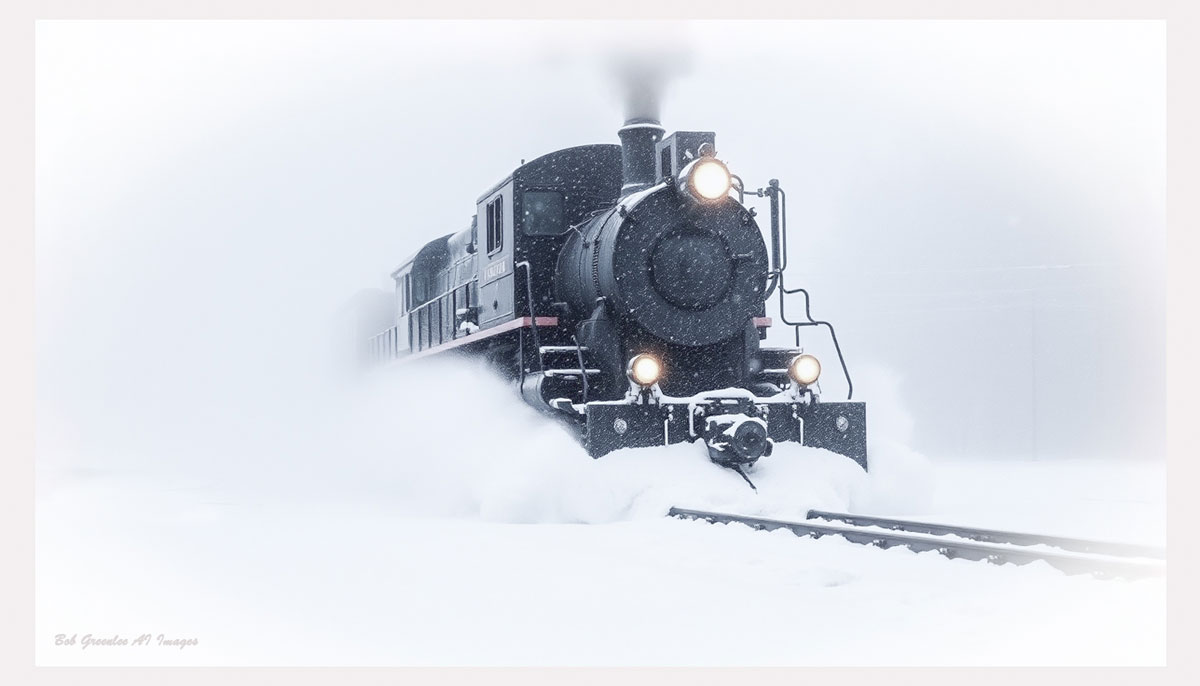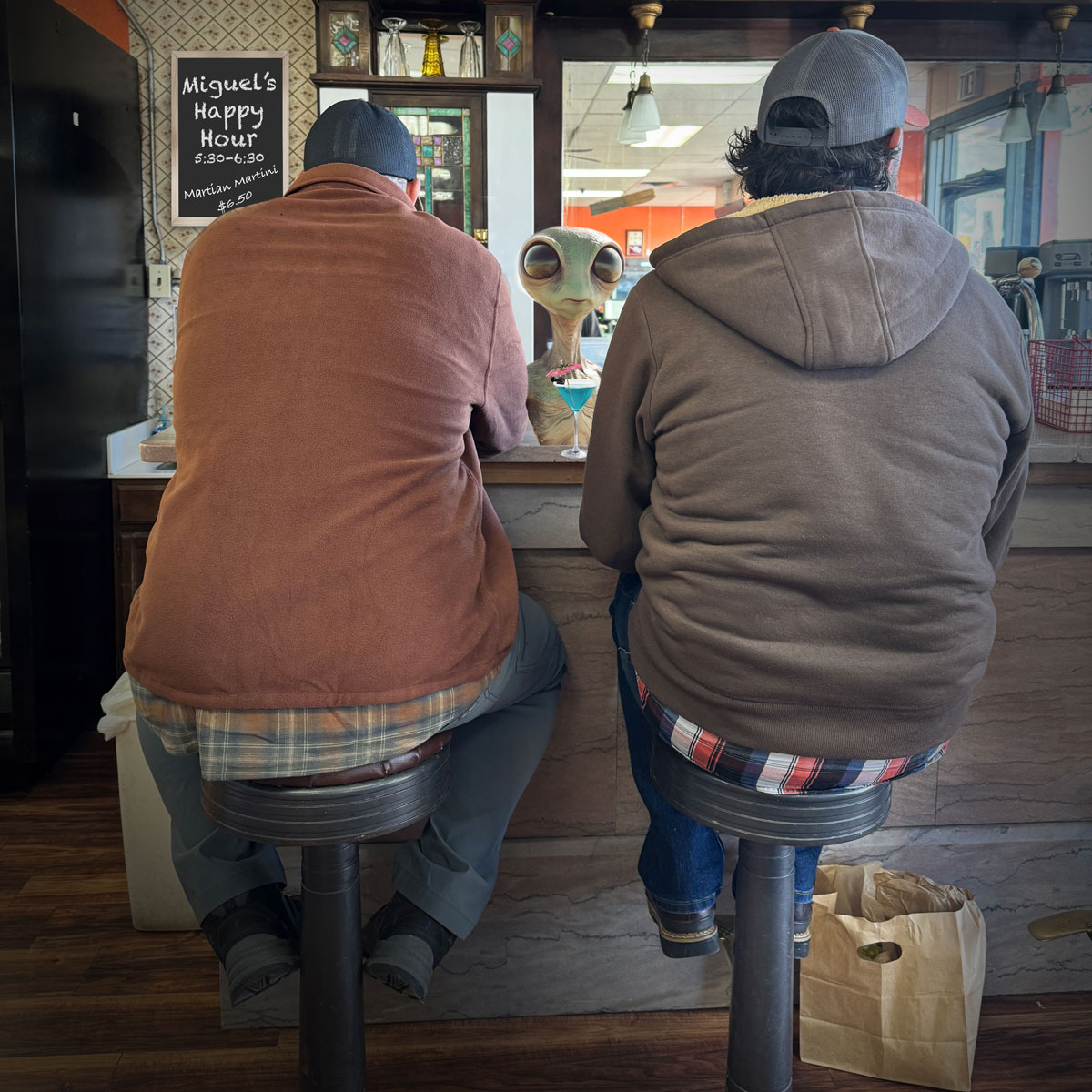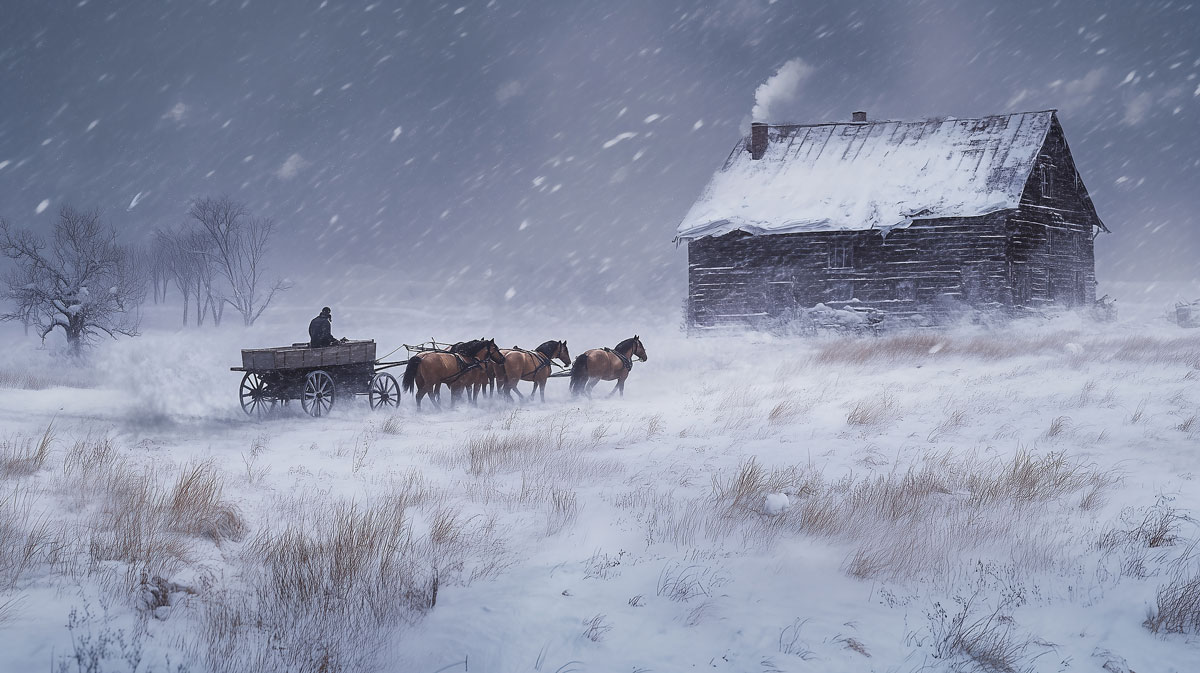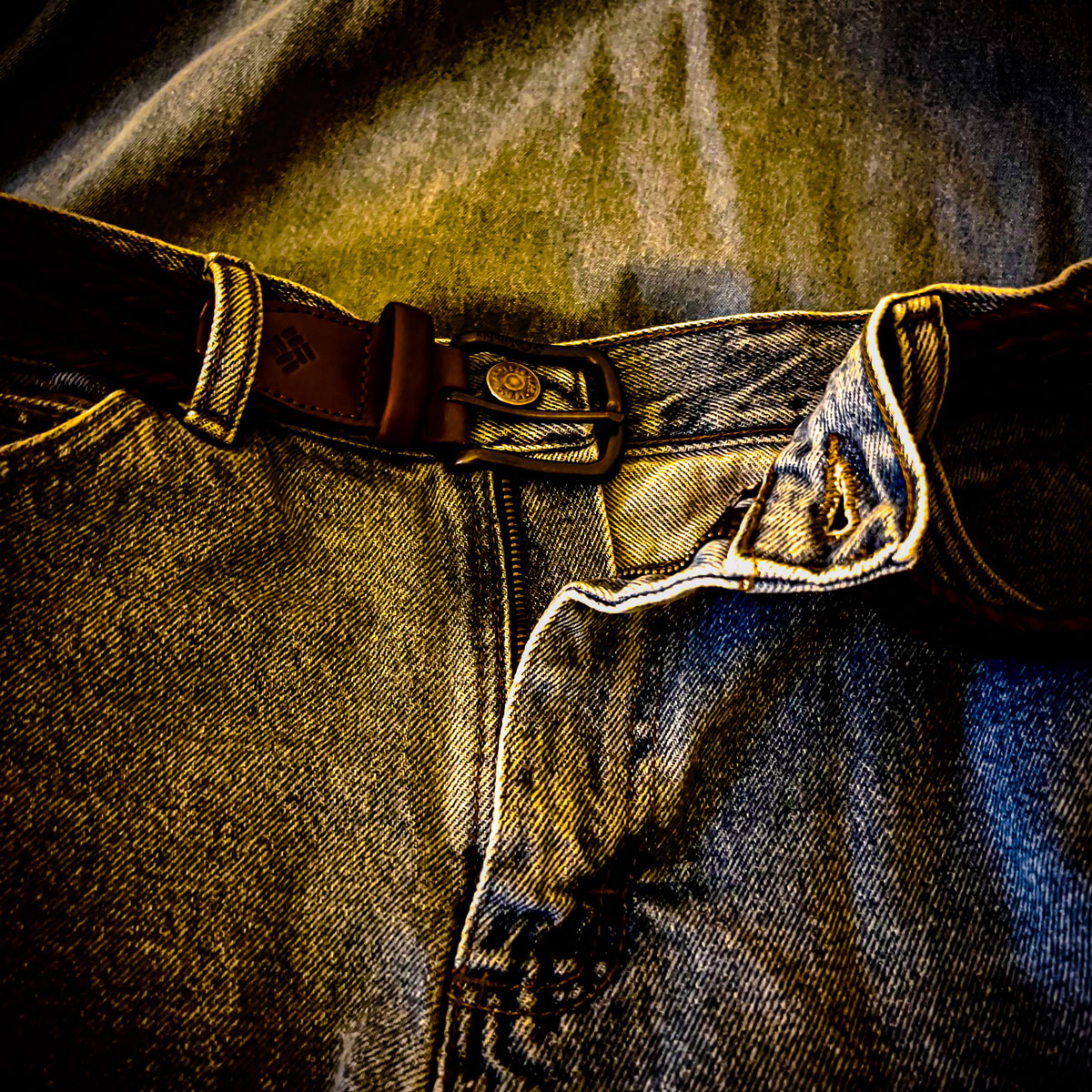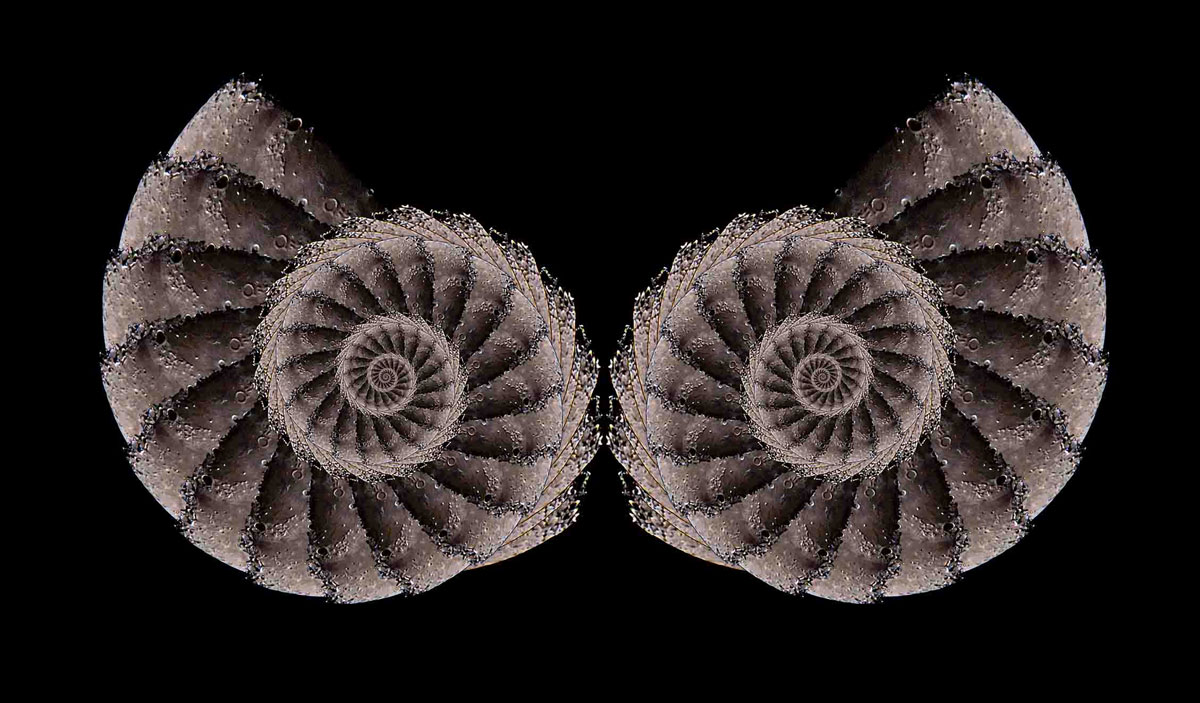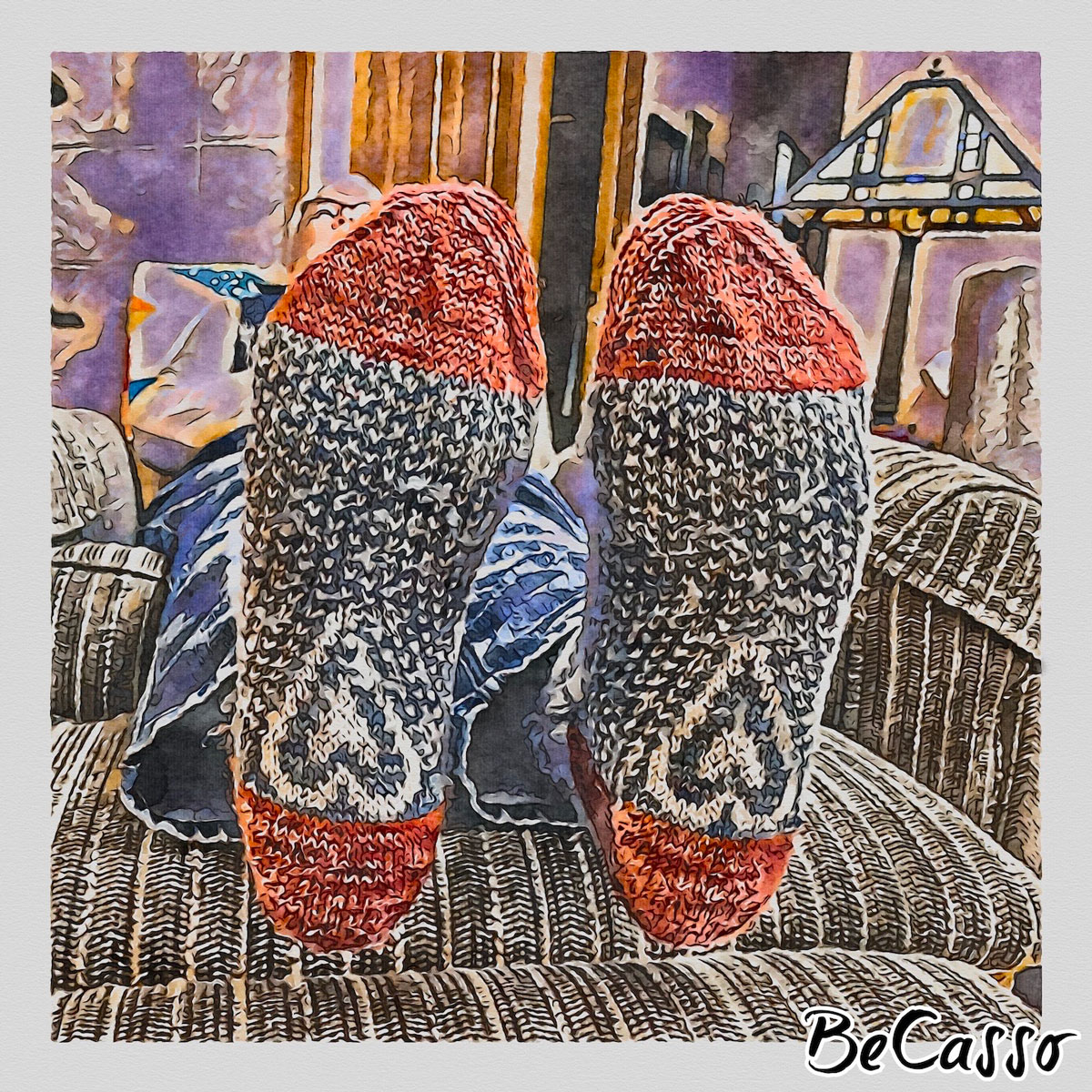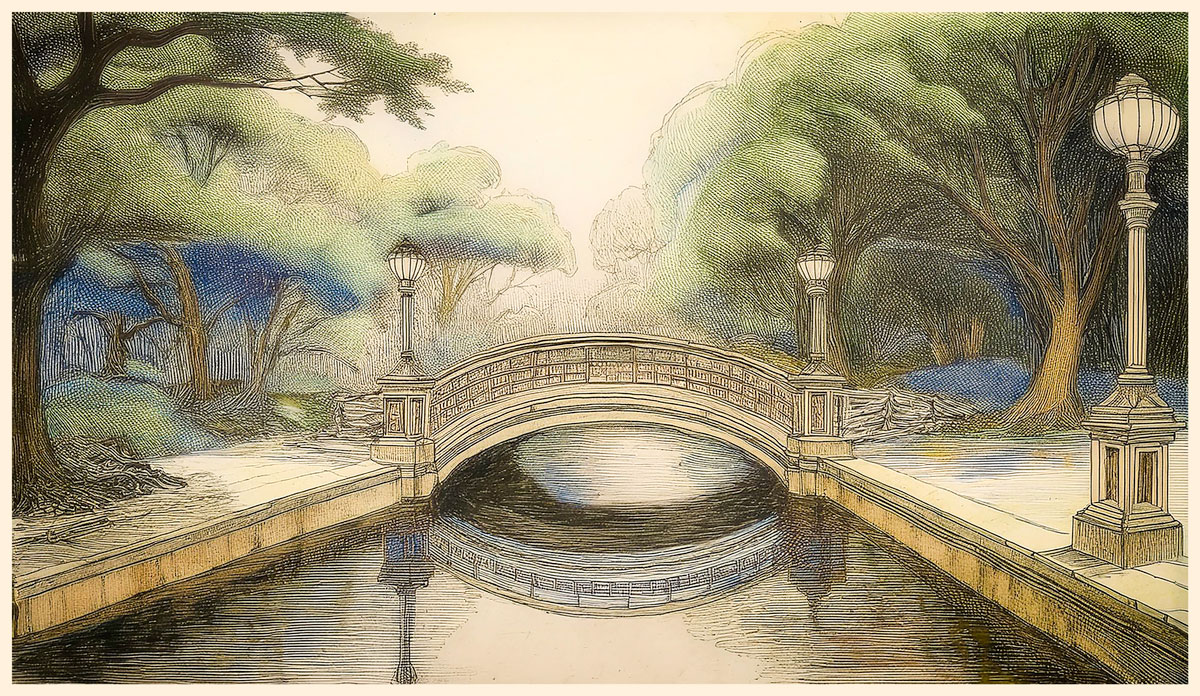Photos of the Week - Week 49Critique Group Challenge: Week 49, Self Portrait Photo by Wendy Bennett Click to view a larger image Wendy says: I haven't missed a portrait challenge yet, but came close this year. I've been dealing with my 89 yr old mom's multiple health issues for the last few weeks and this week learned that my sister (who is 3 yrs younger and lives 3 hrs away) is also having life threatening health issues. So not the usual Elf portrait this year. I took this selfie in front of several photos from past years assignments that I have hanging in my bathroom. I was treating myself to a night out with friends to attend an intimate Curtis Salgado concert. He is a well know Bluesman and it was incredible. |
2024 AI Image Club2024 AI Image Club: Week 49, Holiday Card Photo by Cyndi Johnson Click to view a larger image. Cyndi says: This was done in AI Artist with the prompts “an abandoned red 1950’s truck sitting in a field with snow. There’s a Christmas wreath on the front grill of the truck.” This reminds me of a card we get each year from a dear friend from Virginia who always sends a card with a vehicle on it. |
|
|
Ricky's Challenge Photos
Photos of the Week - Week 49Critique Group Challenge: Week 49, Self Portrait Photo by Ricky Tims Click to view a larger image Ricky says: Pretty much this entire year I have been working on this quilt featuring the Raven. It is a significant quilt with tremendous meaning. As many of you may know my life word is TIME and time is ticking. I won’t go into all the symbolism, but since this quilt is such a significant part of me for 2024, I decided to just take a casual shot in front of it for my 2024 portrait. . |
